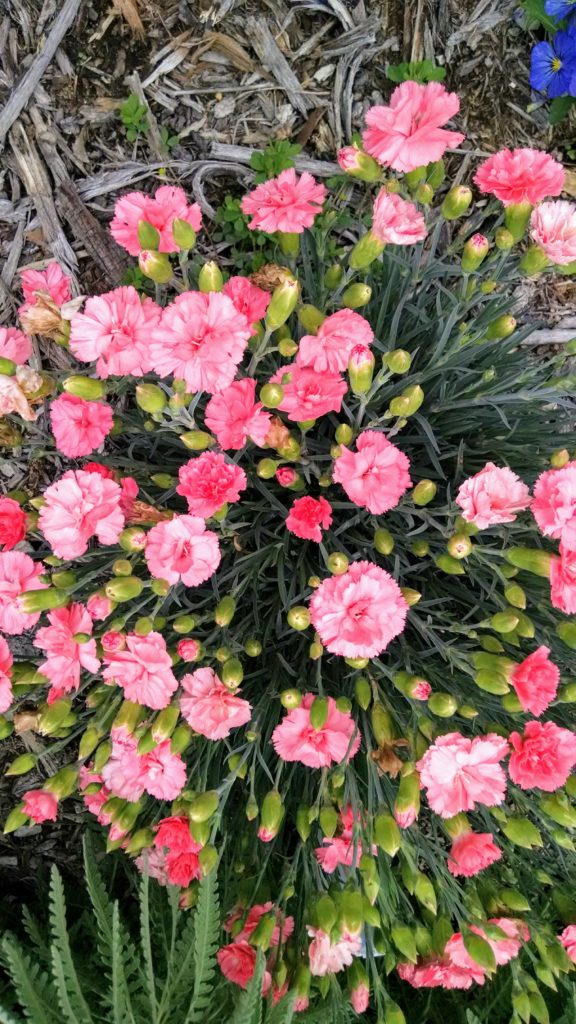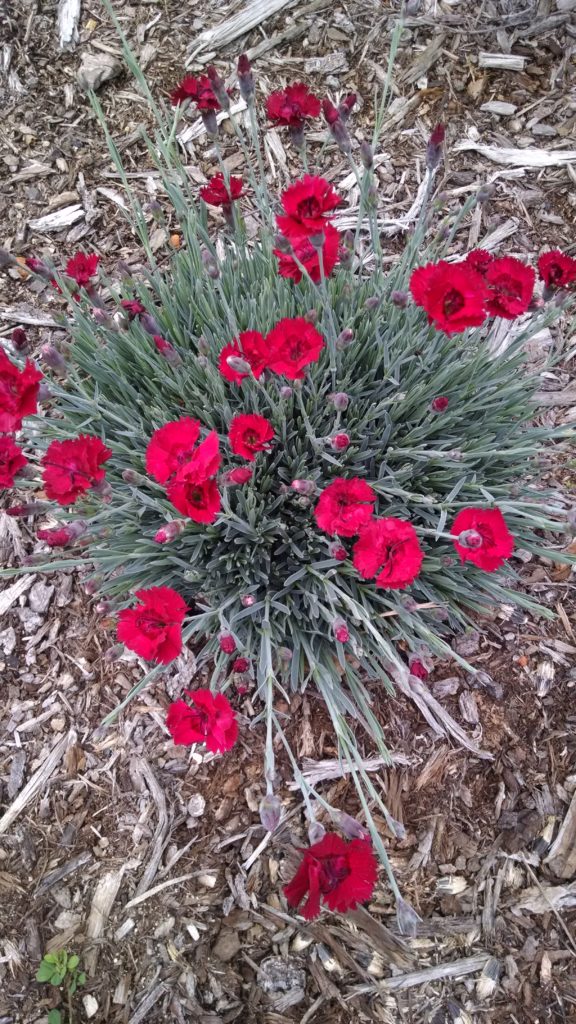Dianthus
go.ncsu.edu/readext?575077
en Español / em Português
El inglés es el idioma de control de esta página. En la medida en que haya algún conflicto entre la traducción al inglés y la traducción, el inglés prevalece.
Al hacer clic en el enlace de traducción se activa un servicio de traducción gratuito para convertir la página al español. Al igual que con cualquier traducción por Internet, la conversión no es sensible al contexto y puede que no traduzca el texto en su significado original. NC State Extension no garantiza la exactitud del texto traducido. Por favor, tenga en cuenta que algunas aplicaciones y/o servicios pueden no funcionar como se espera cuando se traducen.
Português
Inglês é o idioma de controle desta página. Na medida que haja algum conflito entre o texto original em Inglês e a tradução, o Inglês prevalece.
Ao clicar no link de tradução, um serviço gratuito de tradução será ativado para converter a página para o Português. Como em qualquer tradução pela internet, a conversão não é sensivel ao contexto e pode não ocorrer a tradução para o significado orginal. O serviço de Extensão da Carolina do Norte (NC State Extension) não garante a exatidão do texto traduzido. Por favor, observe que algumas funções ou serviços podem não funcionar como esperado após a tradução.
English
English is the controlling language of this page. To the extent there is any conflict between the English text and the translation, English controls.
Clicking on the translation link activates a free translation service to convert the page to Spanish. As with any Internet translation, the conversion is not context-sensitive and may not translate the text to its original meaning. NC State Extension does not guarantee the accuracy of the translated text. Please note that some applications and/or services may not function as expected when translated.
Collapse ▲Botanical Name:
Dianthus spp.
Common Name(s):
Pinks, Carnation
Categories:
Edible plants, Perennials, Poisonous, plants
Comment:
Make sure the air circulation is good around Pinks because they are susceptible to fungal diseases; choose fragrant cultivars to add a spicy scent to the garden. Prior to eating the sweet or spicy clove flavored flowers remove the bitter, narrow base of the petals. The leaves of the plant should not be eaten, as this is the toxic part of the plant. Good cut flower.
Height:
6-24 inches
Flowering Period:
Late spring to early summer
Flower Color:
Pink, white, lavender, red
Usage:
Borders, rock gardens, ground cover
Hardiness:
USDA hardiness zone 4-9
Propagation:
Seeds, cuttings, division
Exposure:
Full sun, afternoon shade appreciated in hot summer climates
Soil:
Well-drained slightly alkaline soil is best
Regions:
Mountains, Piedmont, Coastal Plain
Origins:
Europe and Asia
Pollinator(s) attracted:
Butterflies
Page by Tracie Bowers EMGV

Pollinator Haven Logo






